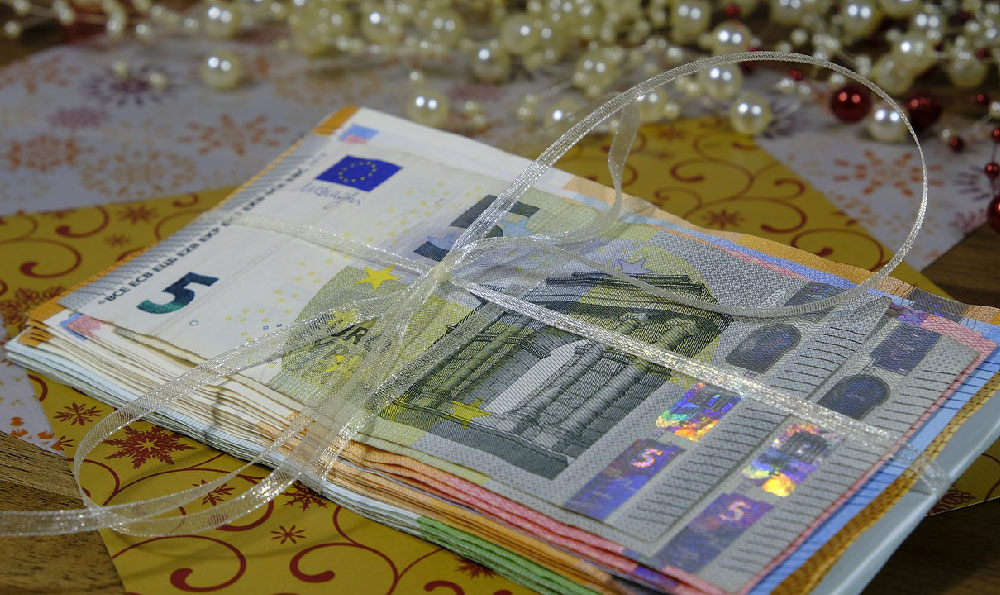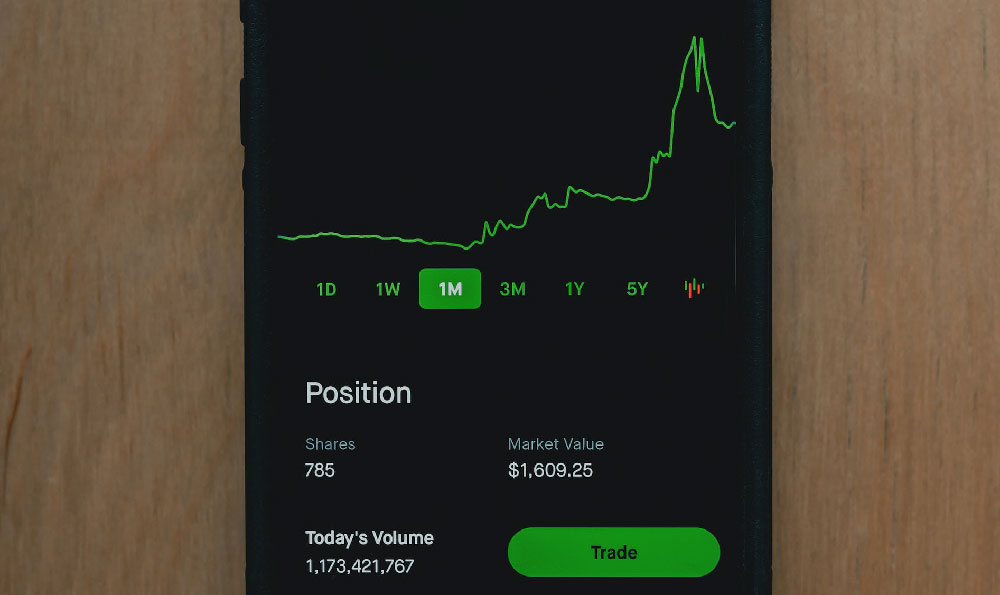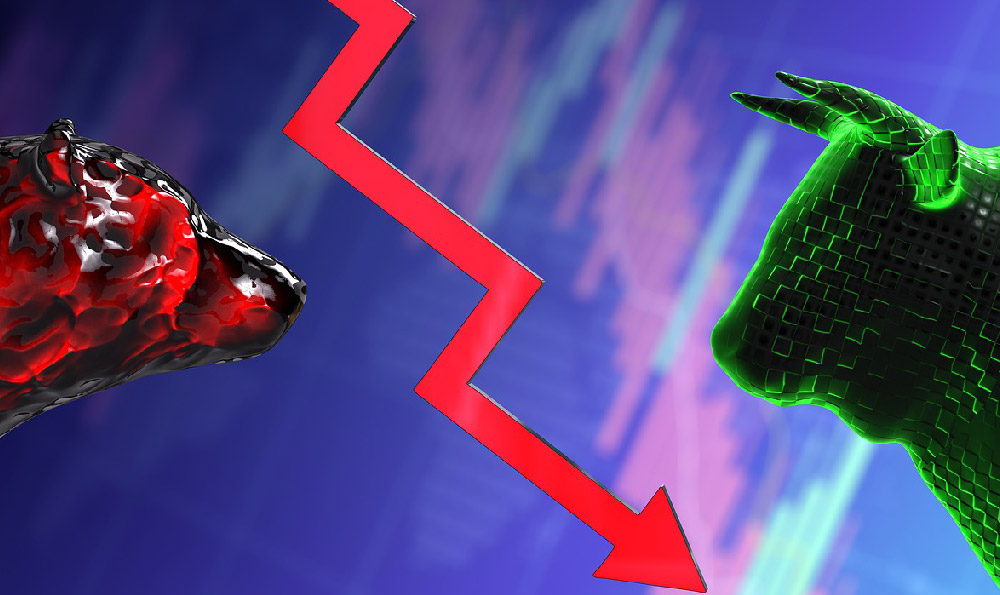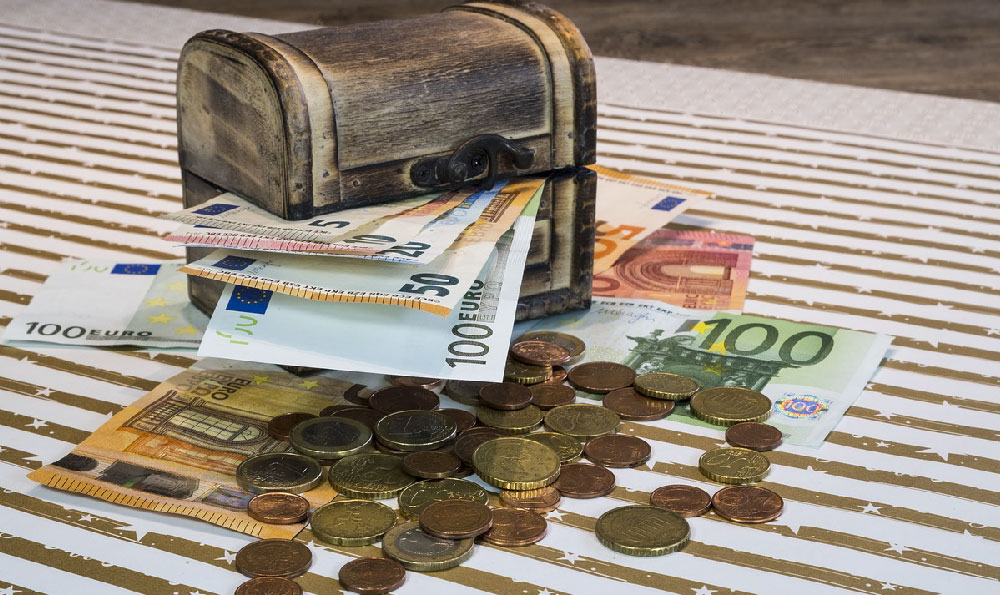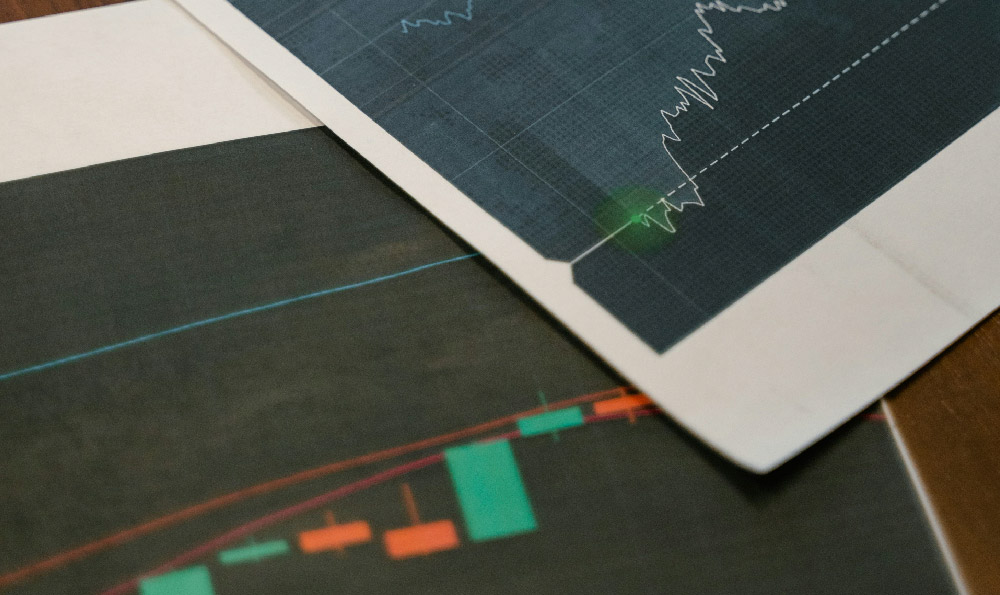How much does a tattoo artist earn monthly?

The notion of a tattoo artist’s earnings is as varied as the intricate designs they craft, influenced by a combination of geographical location, professional experience, client demand, and the evolving dynamics of the body art industry. While some might assume that the financial rewards of this creative field are straightforward, the reality is far more complex. Understanding the nuances of income structures and the factors that shape them can offer a clearer picture for those considering a career or investment in this area.
Earnings in the tattoo industry often fluctuate significantly based on where an artist operates. In the United States, for instance, established professionals in metropolitan areas or renowned tattoo festivals can command substantial fees, with monthly incomes ranging from $3,000 to $10,000 or more. This figure, however, is not uniform across the nation. Regions with higher living costs, such as New York City or Los Angeles, tend to see artists earning more to offset expenses, while smaller towns may offer lower rates but fewer overhead costs. Contrast this with Europe, where the situation varies: in countries like Spain or France, independent artists might earn between $1,500 to $4,000 monthly, depending on their reputation and the popularity of tattoo culture in their locale. In contrast, the UK or Germany may see slightly lower earnings due to economic conditions, though highly skilled practitioners in niche markets can still achieve respectable incomes. Asia presents another dimension, with places like Japan and South Korea hosting a robust demand for body art. However, due to cultural sensitivities and regulatory frameworks, the income might be structured differently, with some artists focusing on corporate commissions or specialized styles to maximize earnings.
Beyond regional disparities, the income of a tattoo artist is closely tied to their level of expertise and specialization. A novice artist might start with a monthly income that barely covers basic expenses, often working part-time or taking on lower-paying commissions. Conversely, seasoned professionals with a distinct artistic style, such as intricate realism or minimalist tribal designs, can secure consistent work and higher hourly rates. The ability to adapt to client preferences also plays a role—some artists may cater to younger demographics, while others focus on corporate clients or high-profile individuals, potentially leading to greater financial stability. Additionally, the rise of online platforms has allowed artists to expand their reach, enabling them to earn more through digital commissions or social media engagement.

The operational model of a tattoo artist further affects their income. Those who work exclusively in a studio may experience more predictable earnings due to a steady flow of clients, though they might also be constrained by the studio’s pricing structure and overhead costs. On the other hand, freelancers have the flexibility to choose their projects and pricing, which can lead to higher profits but also greater variability. For example, an independent artist in a bustling city might charge $150 to $500 per hour, depending on their visibility and the complexity of the design. Similarly, those who offer online consultations or digital artwork can tap into international markets, creating additional revenue streams. Moreover, the integration of technology—such as virtual tattoo try-ons or online design tools—has opened new avenues for income, allowing artists to monetize their skills beyond traditional in-person sessions.
The industry’s landscape is constantly shifting, shaped by trends in body art, societal attitudes, and economic factors. In recent years, the demand for tattoos has surged, particularly among younger generations who view body art as a form of self-expression. This trend has led to increased competition, pushing artists to differentiate themselves through innovation or exceptional customer service. However, challenges such as the rising cost of materials, the need for continuous skill development, and the impact of public health policies—like lockdowns during the pandemic—have forced some professionals to adapt their business models. For instance, many artists have pivoted to offer at-home tattooing services or virtual consultations, which can provide additional income while maintaining safety protocols.
To ensure long-term financial success, tattoo artists must navigate both the creative and business aspects of their careers. Building a strong online presence through social media and portfolio websites can attract a wider client base, while maintaining high standards of quality and customer satisfaction fosters loyalty. Collaborating with other artists or participating in art events can also enhance visibility and open up new opportunities. Furthermore, staying informed about market trends and consumer preferences allows artists to tailor their services to meet demand, whether through specializing in certain styles or offering unique, culturally inspired designs.
In conclusion, the question of how much a tattoo artist earns monthly is multifaceted, requiring a deep understanding of market dynamics, personal branding, and adaptability. While income can vary widely—ranging from modest beginnings to substantial earnings—it is ultimately shaped by an artist’s ability to balance creativity with strategic business decisions. As the industry continues to evolve, those who embrace innovation and maintain a strong connection with their clients are likely to thrive, turning their passion for art into a sustainable and profitable career.
